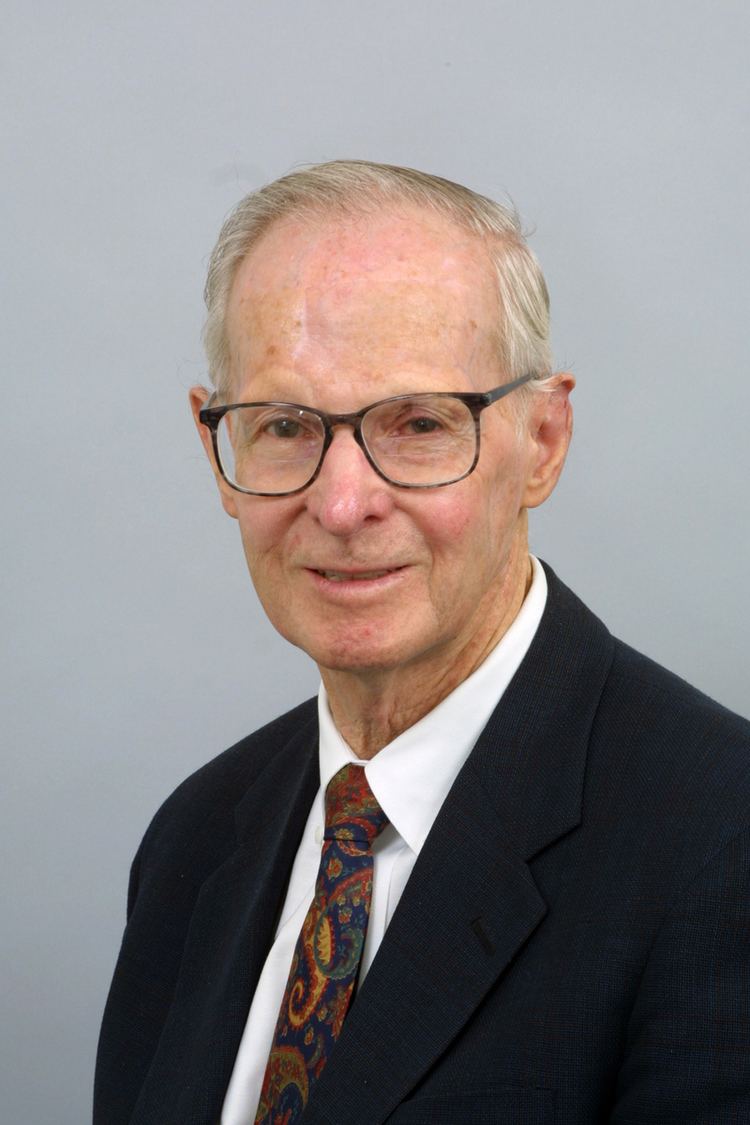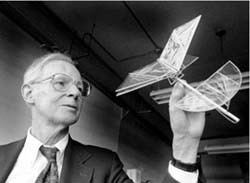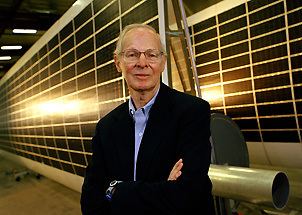Nationality American Role Engineer | Name Paul MacCready | |
 | ||
Full Name Paul Beattie MacCready Jr. Spouse Judy MacCready (m. ?–2007) Children Tyler MacCready, Marshall MacCready, Parker MacCready Similar People Carolyn S Shoemaker, Eugene Merle Shoemaker, Simeon Eben Baldwin | ||
Organizations founded AeroVironment Significant projects AeroVironment | ||
Paul maccready nature vs humans and what we can do about
Paul B. MacCready Jr. (September 29, 1925 – August 28, 2007) was an American aeronautical engineer. He was the founder of AeroVironment and the designer of the human-powered aircraft that won the first Kremer prize. He devoted his life to developing more efficient transportation vehicles that could "Do more with less".
Contents
- Paul maccready nature vs humans and what we can do about
- The day i met dr paul maccready
- Biography
- Quotes
- Publications
- References

The day i met dr paul maccready
Biography

Born in New Haven, Connecticut to a medical family, MacCready was an inventor from an early age and won a national contest building a model flying machine at the age of 15.

MacCready graduated from Hopkins School in 1943 and then trained as a US Navy pilot before the end of World War II. He received a BS in physics from Yale University in 1947, an MS in physics from Caltech in 1948, and a PhD in aeronautics from Caltech in 1952. In 1951, MacCready founded his first company, Meteorology Research Inc, to do atmospheric research. Some of MacCready's work as a graduate student involved cloud seeding.

He started gliding after World War II and was a three-time winner (1948, 1949, 1953) of the Richard C. du Pont Memorial Trophy, awarded annually to the U.S. National Open Class Soaring Champion. In 1956, he became the first American pilot to become the World Soaring Champion. He invented a device that told pilots the best speed to fly a glider, depending on conditions and based on the glider's rate of sink at different air-speeds. Glider pilots still use the "MacCready speed ring".
With Dr. Peter B.S. Lissaman, he created a human-powered aircraft, the Gossamer Condor, and thereby won the first Kremer prize in 1977. The award-winning plane was built out of aluminium tubing, plastic foam, piano wire, bicycle parts, and mylar foil for covering. In 1979, he built its successor, the Gossamer Albatross, which won the second Kremer prize for successfully flying from England to France.
He later created solar-powered aircraft such as the Gossamer Penguin and the Solar Challenger. He was involved in the development of NASA's solar-powered flying wings such as the Helios, which surpassed the SR-71's altitude records and could theoretically fly on Mars (where the atmosphere is thin and has little oxygen). MacCready also collaborated with General Motors on the design of the Sunraycer, a solar-powered car, and then on the EV-1 electric car.
In 1985, he was commissioned to build a halfscale working replica of the pterosaur Quetzalcoatlus for the Smithsonian Institution, following a workshop in 1984, which concluded that such a replica was feasible. The completed remote-controlled flying reptile, with a wingspan of 18 feet, was filmed over Death Valley, California in 1986 for the Smithsonian's IMAX film On the Wing. It flew successfully several times before being severely damaged in a crash at an airshow at Andrews AFB in Maryland. The launch of the pterosaur model came off well but the radio transmitter link failed, perhaps due to the interference from some of the many base communications devices. The model nosed over and crashed at the runway side, breaking at the neck from the force of impact.
MacCready helped to sponsor the Nissan Dempsey/MacCready Prize which has helped to motivate developments in racing-bicycle technology, applying aerodynamics and new materials to allow for faster human-powered vehicles.
He was the founder (in 1971) and Chairman of AeroVironment Inc., a public company (AVAV) that develops unmanned surveillance aircraft and advance power systems. AV recently flew a prototype of the first airplane to be powered by hydrogen fuel cells, the Global Observer.
MacCready died on August 28, 2007 from metastatic melanoma. He was an atheist and a skeptic.
Quotes
"Anyone who's not interested in model airplanes must have a screw loose somewhere"
"I'm more interested in a world that works than what sells"
"Doing more with less"
